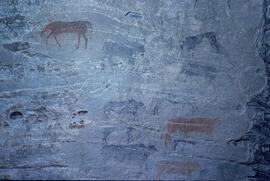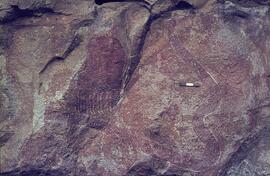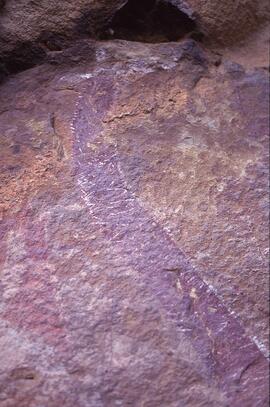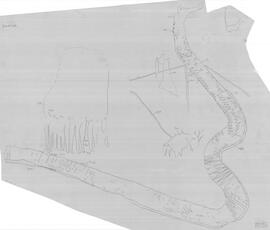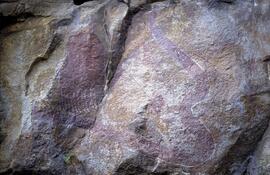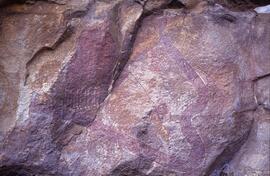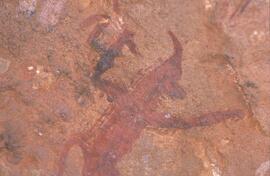SMT SMT-SMT-RSA-BAM1-13.jpg
·
Item
Part of Smits, Lucas
In rock art, one sees depictions of nested U-shapes with bees. Bushman shamans interpreted this particular shape as a honeycomb because bees are a Bushman symbol of potency. In the Kalahari, Bushmen dance when bees are swarming because they believe that they can harness their potency for a particularly effective dance. Bamboo Hollow I

